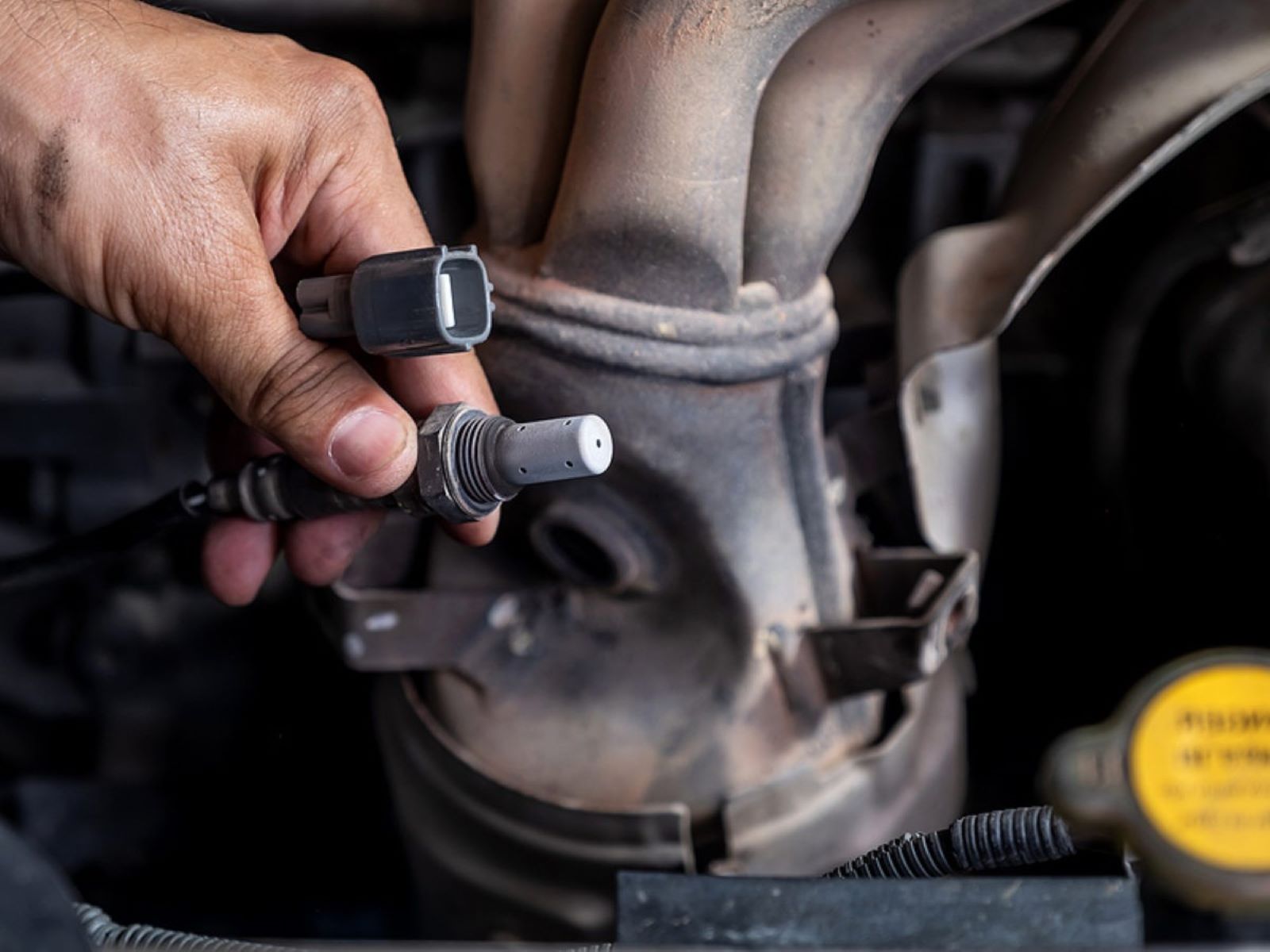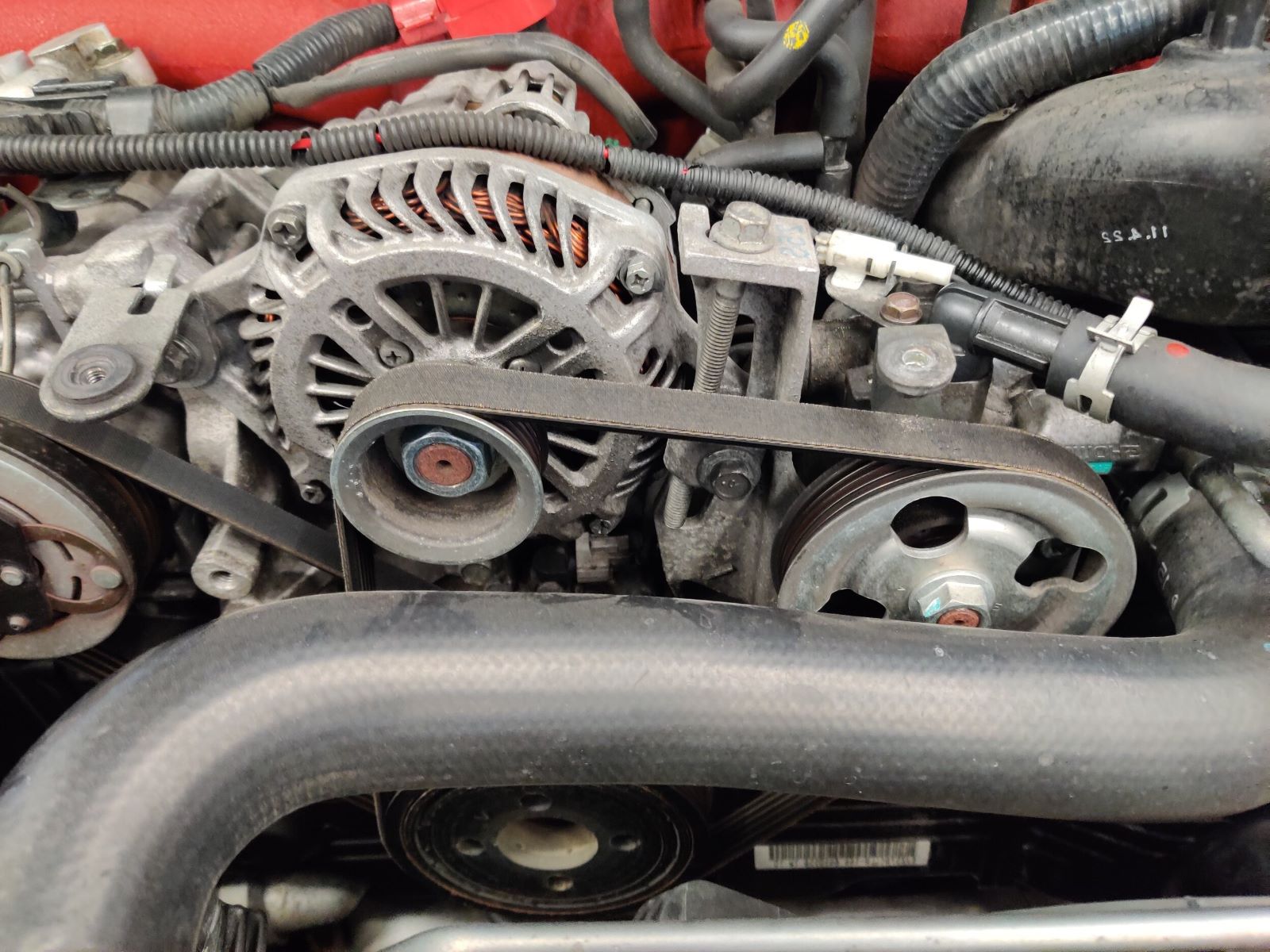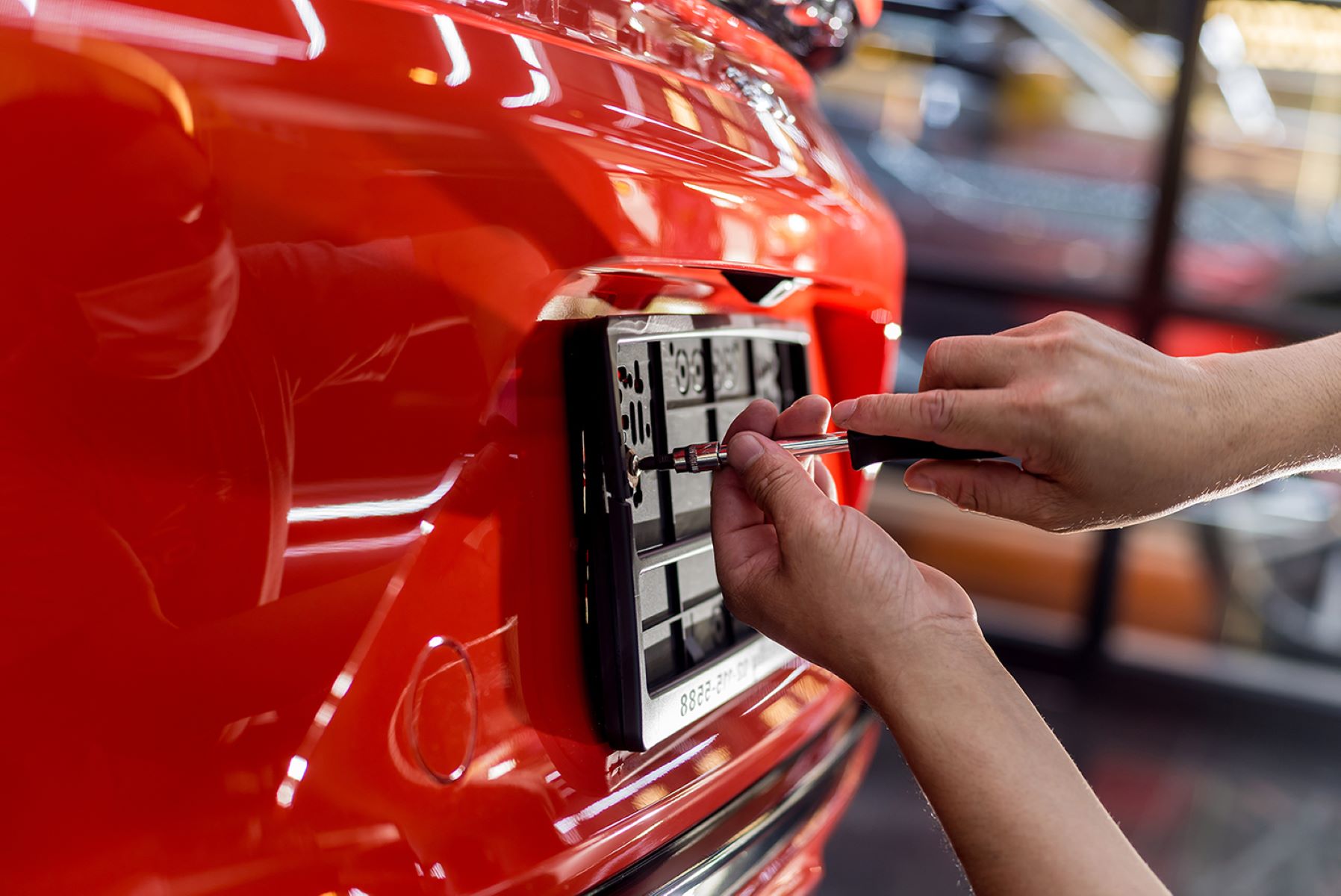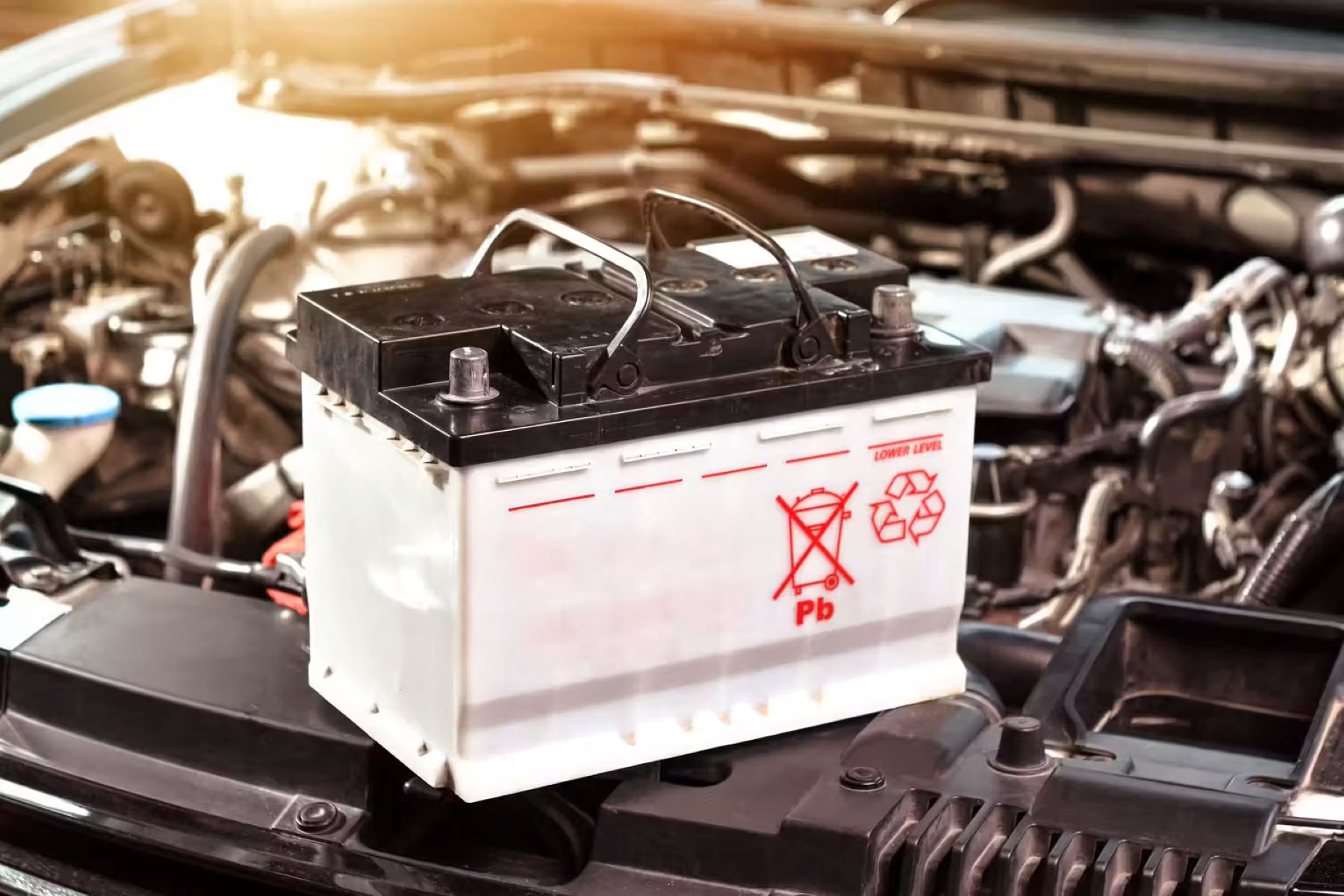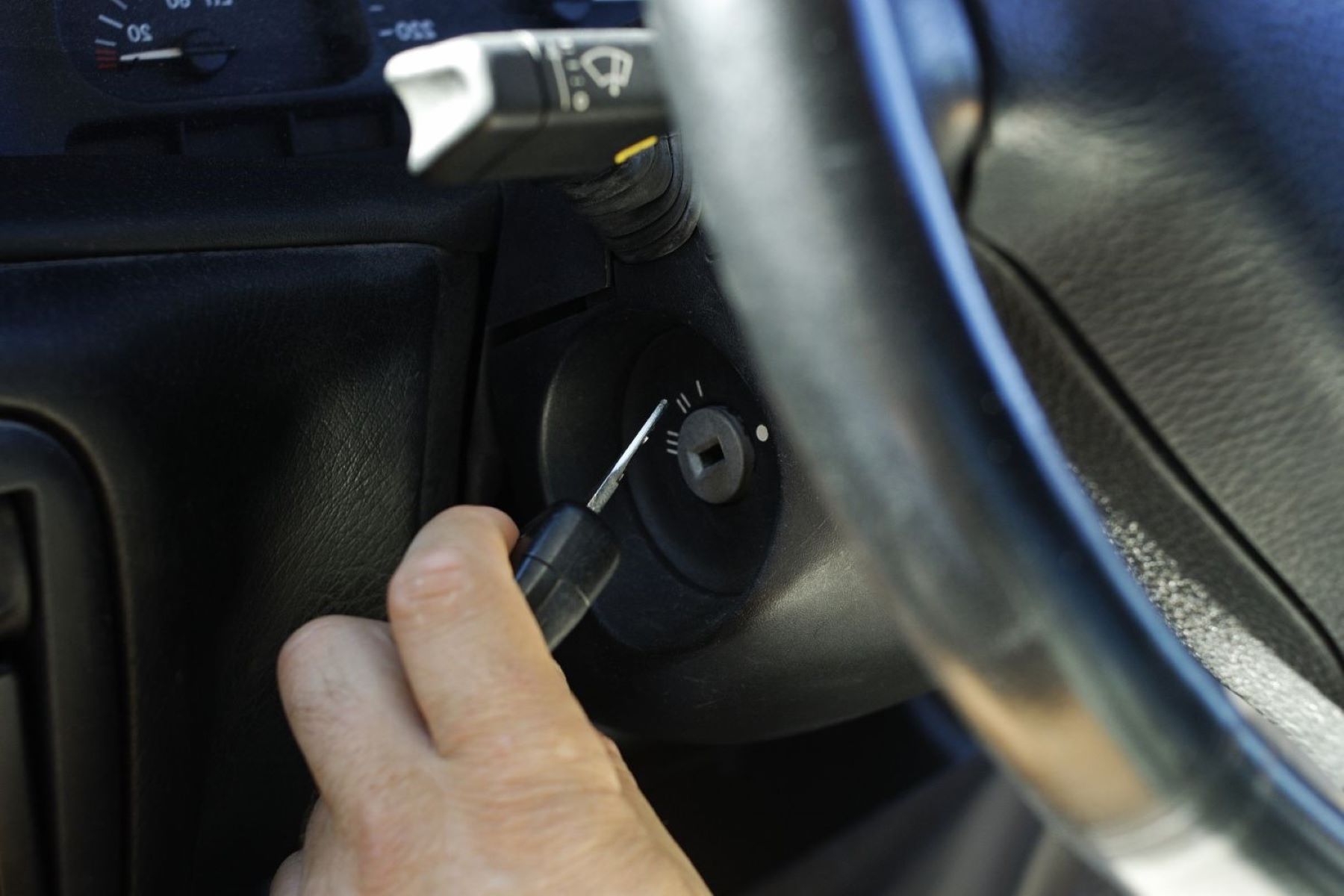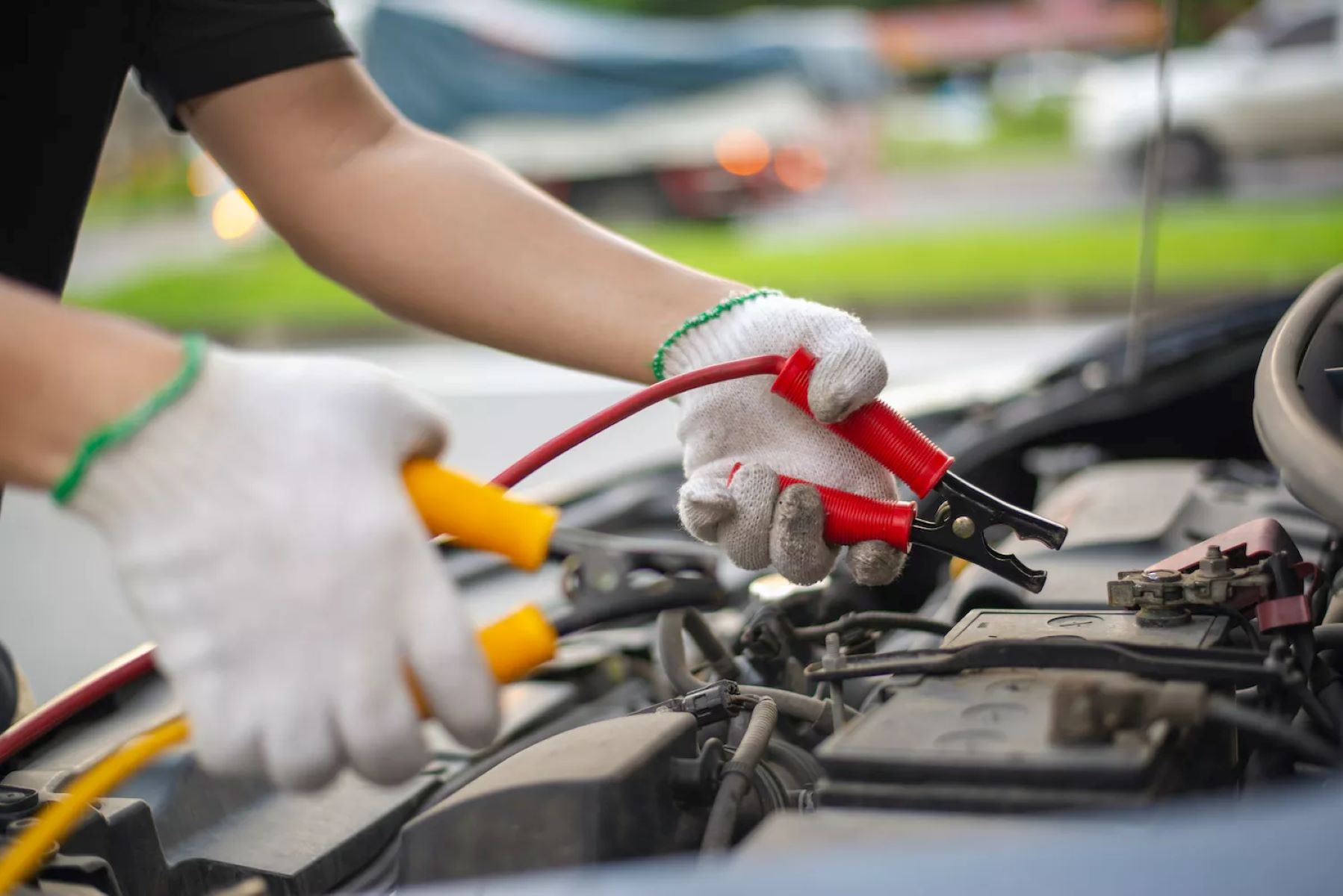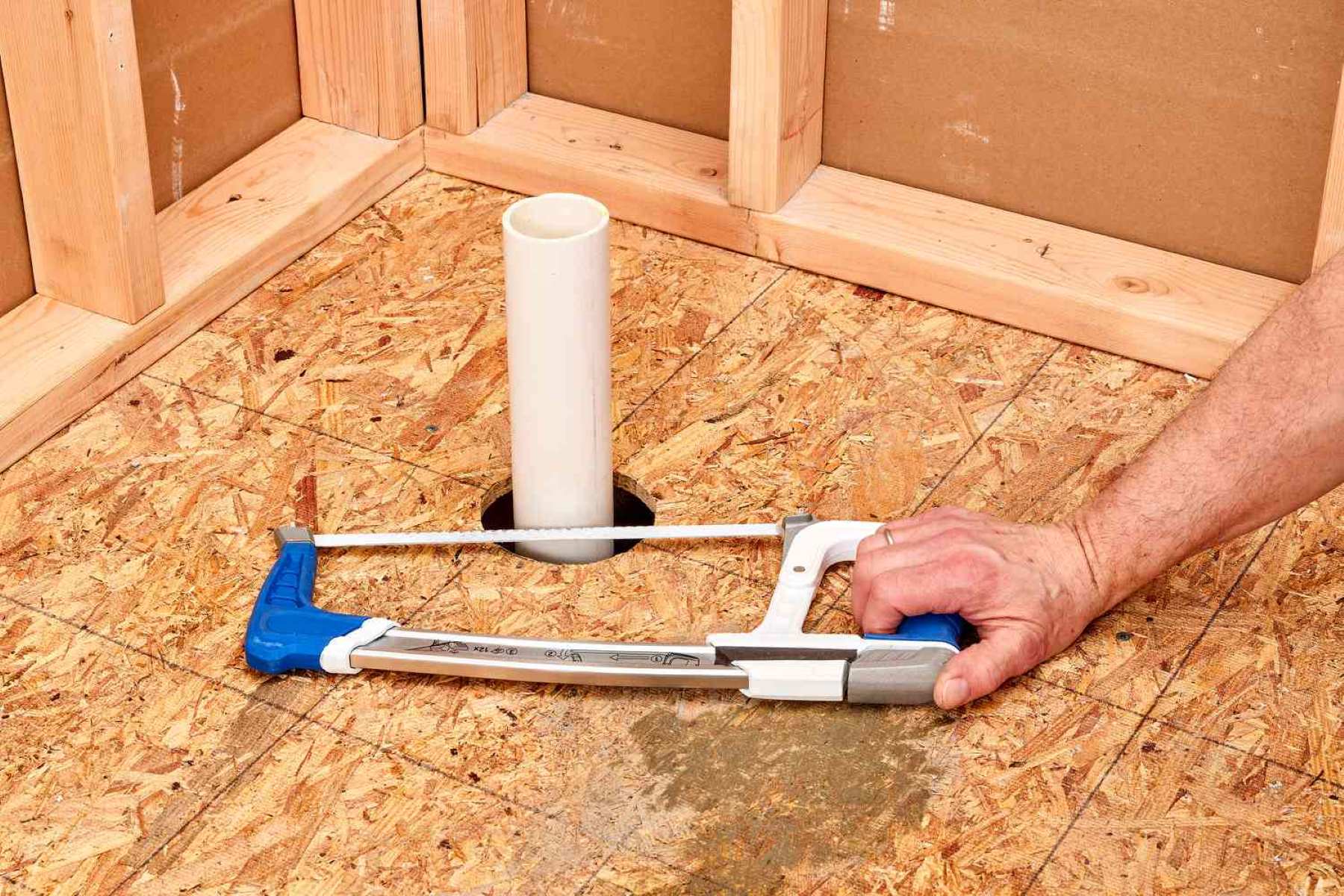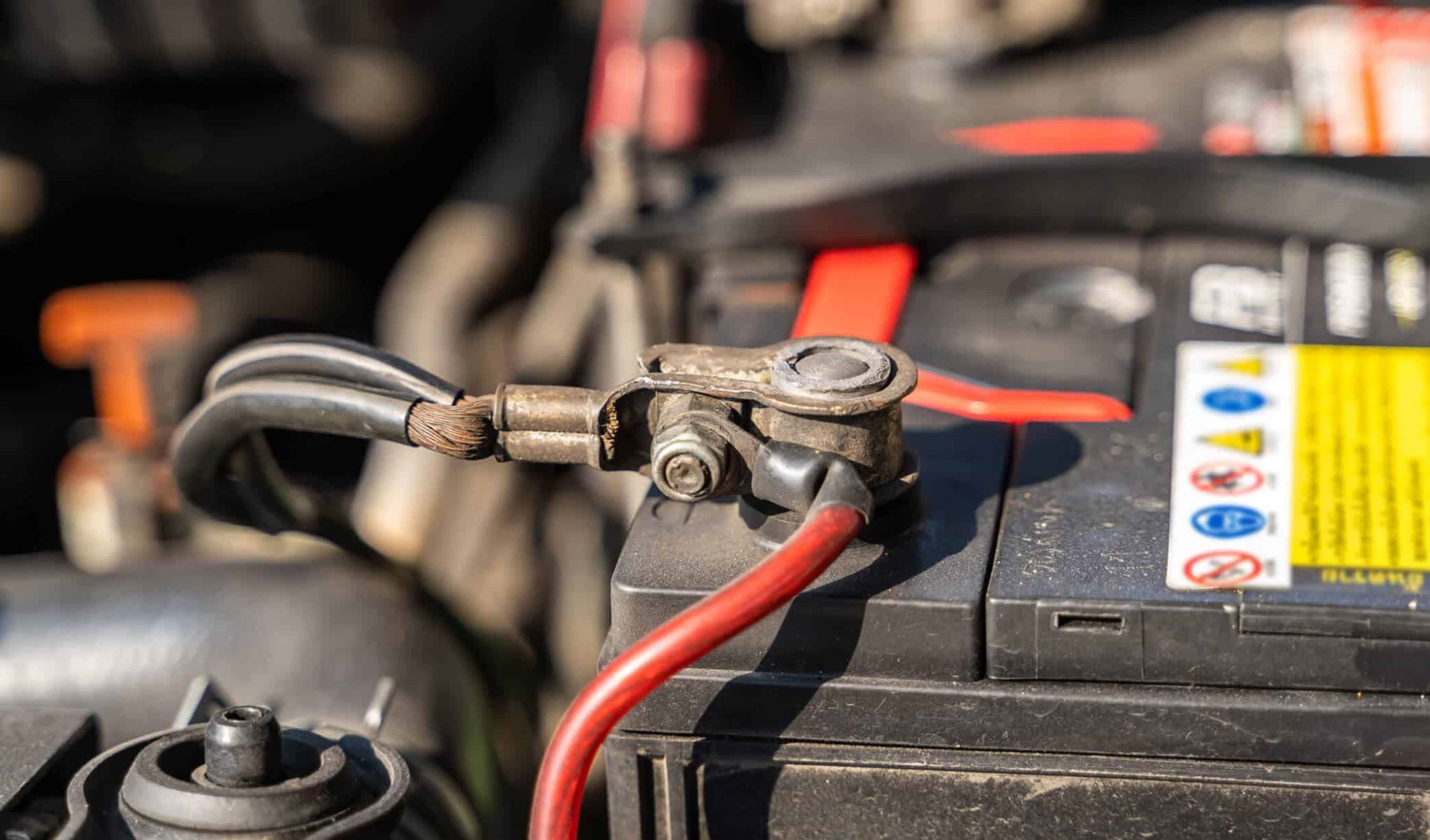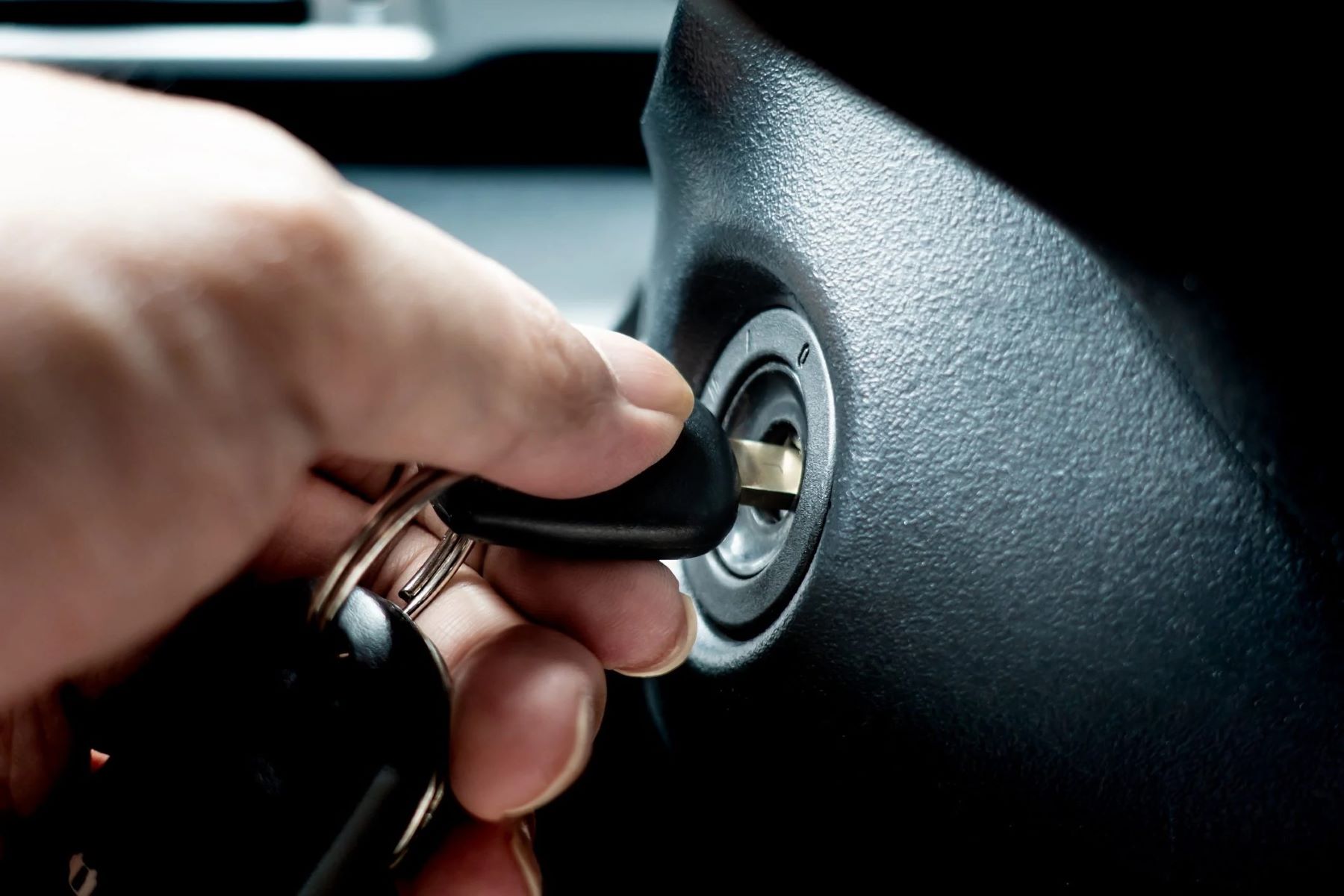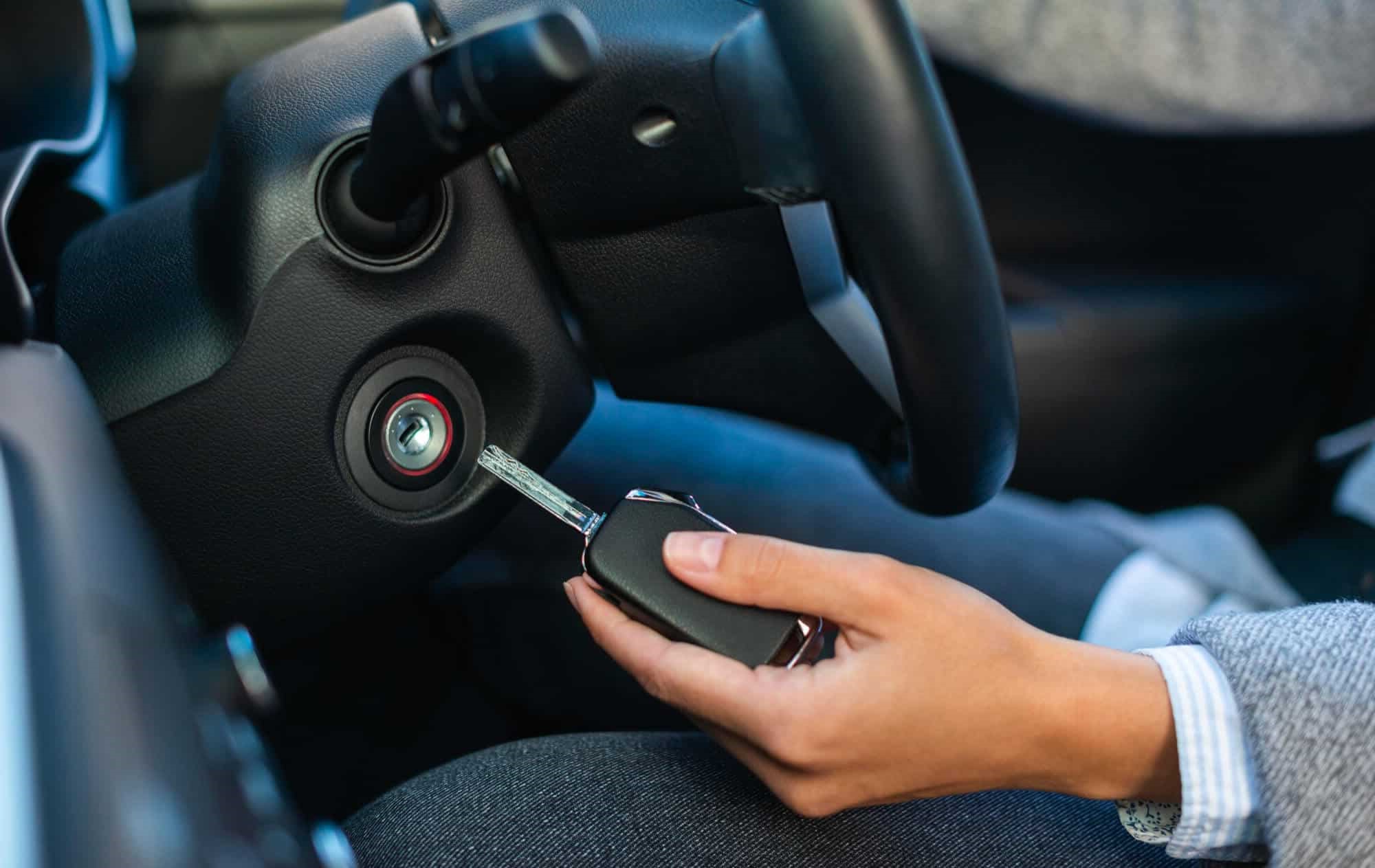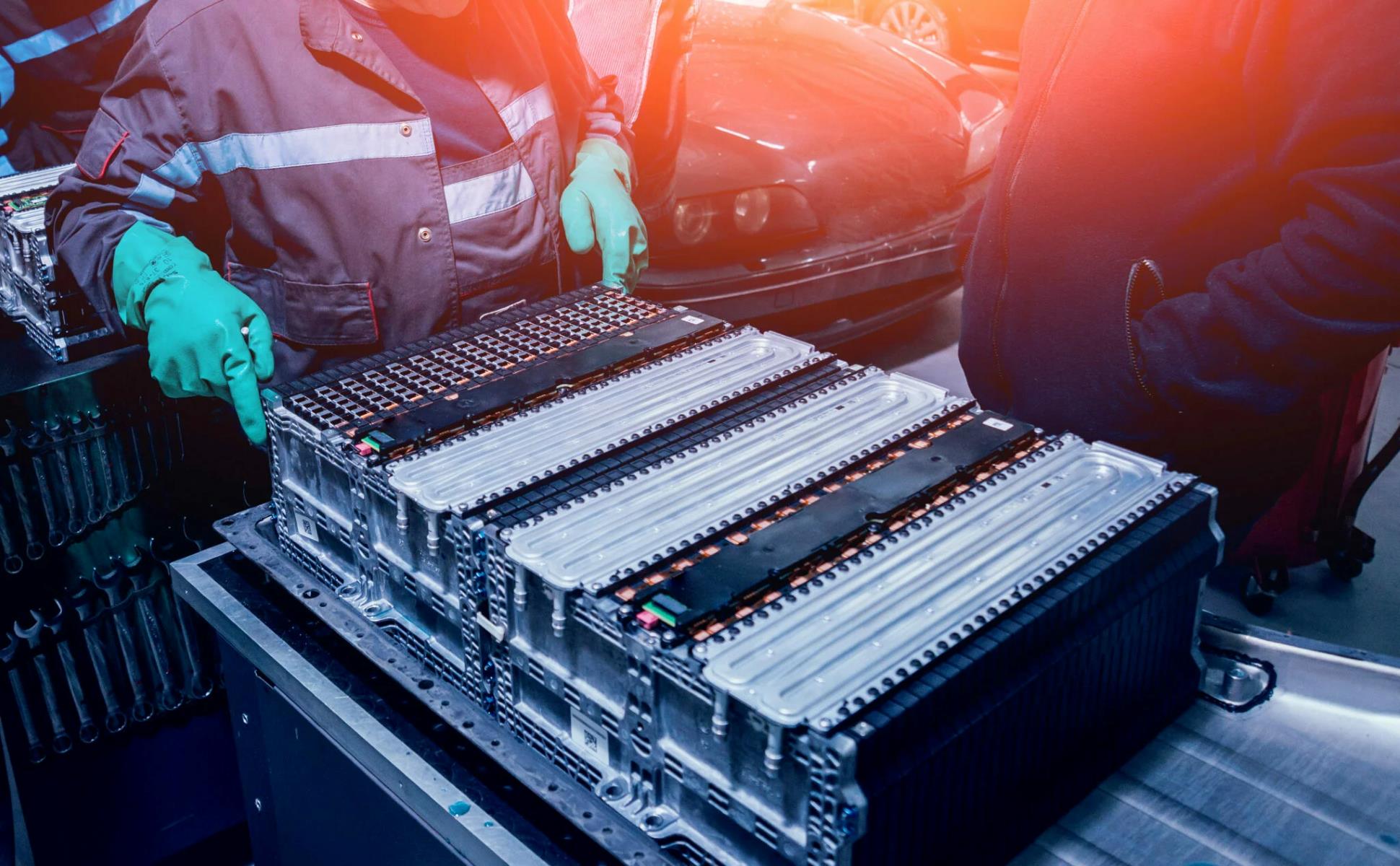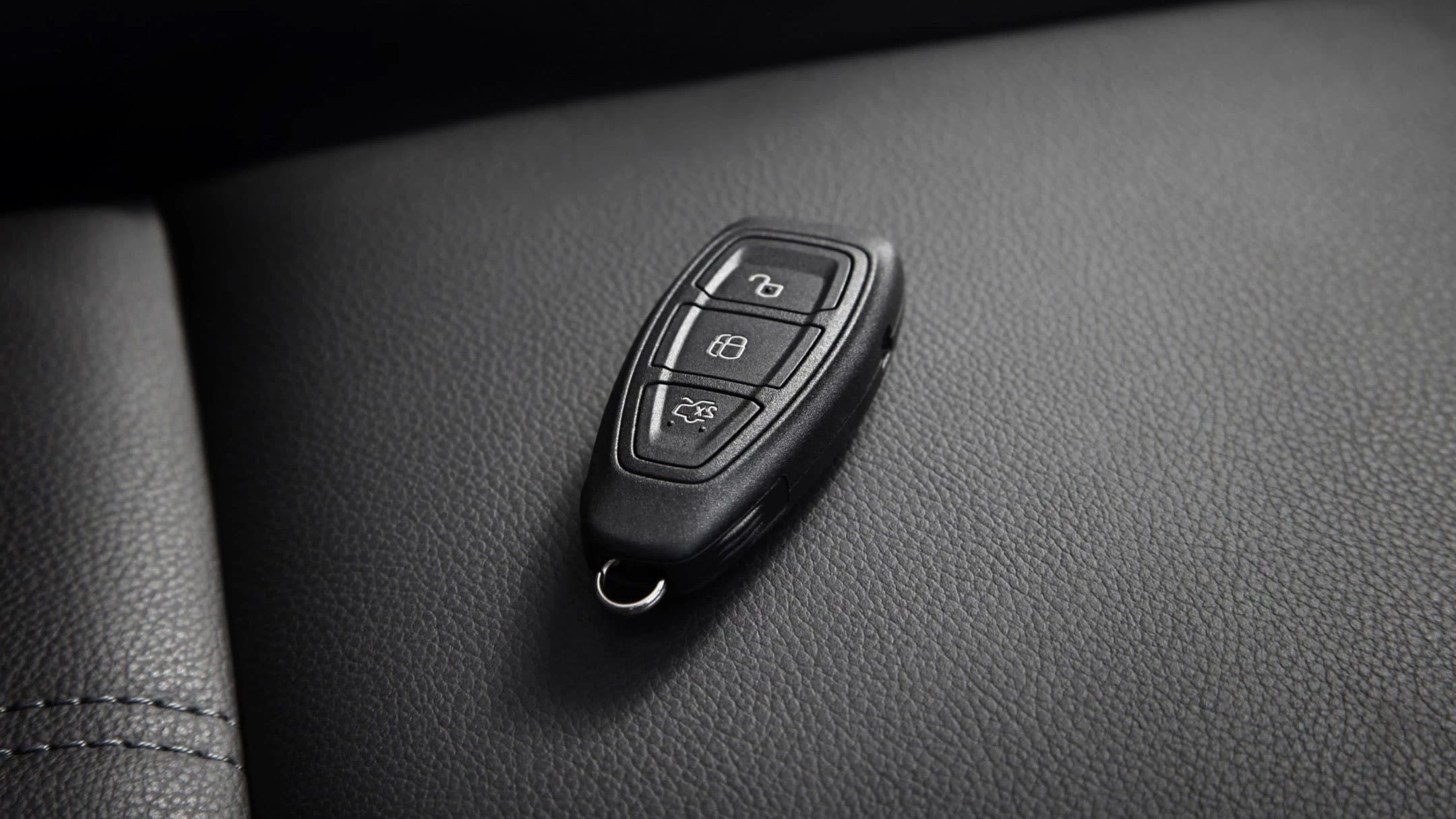Home>Automotive>How To Replace The Battery In Your BMW Key Fob
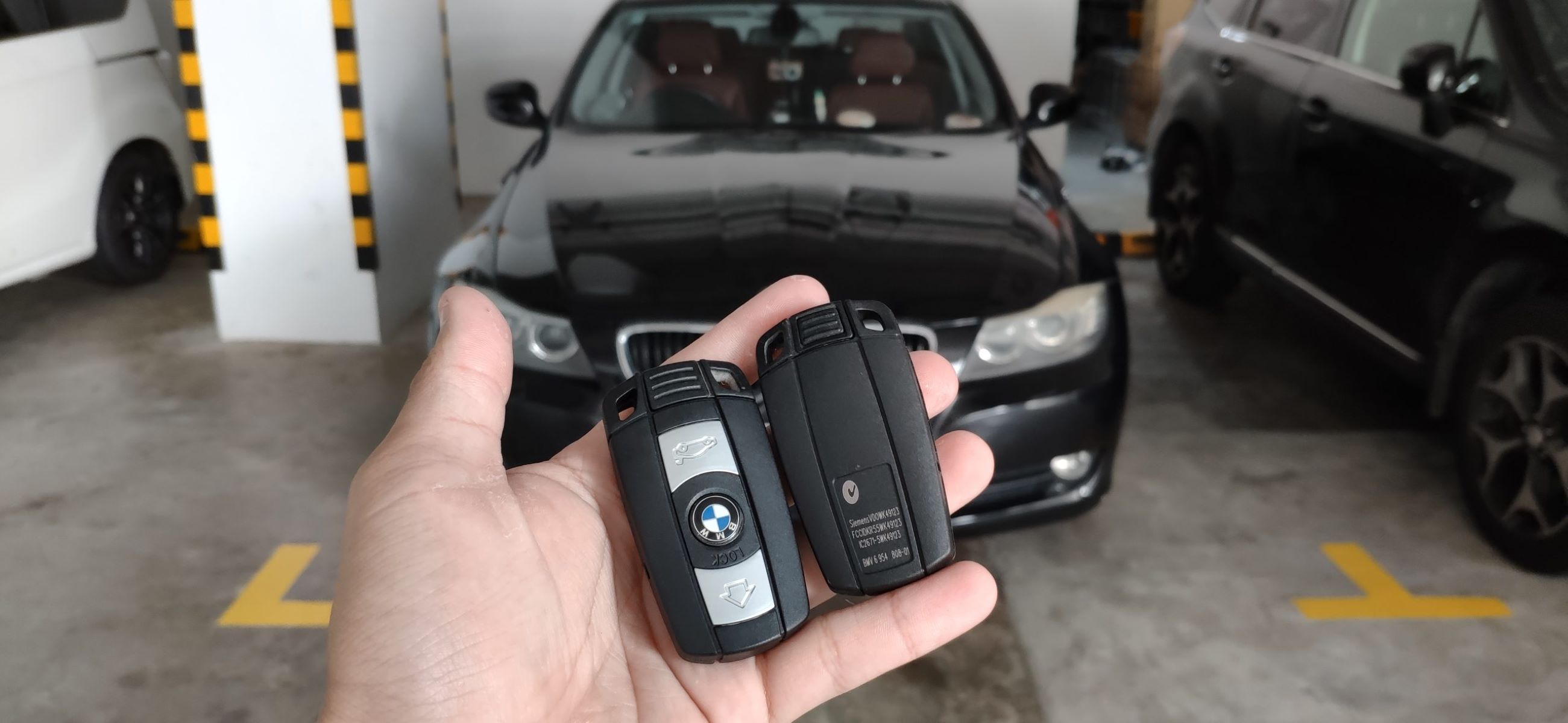

Automotive
How To Replace The Battery In Your BMW Key Fob
Published: February 29, 2024
Learn how to easily replace the battery in your BMW key fob with our step-by-step guide. Keep your automotive key fob working like new!
(Many of the links in this article redirect to a specific reviewed product. Your purchase of these products through affiliate links helps to generate commission for Regretless.com, at no extra cost. Learn more)
Table of Contents
Introduction
Your BMW key fob is an essential accessory that allows you to conveniently lock, unlock, and even start your vehicle. Over time, the battery within the key fob may become depleted, leading to decreased functionality. Fortunately, replacing the battery in your BMW key fob is a straightforward process that you can easily perform at home. By following a few simple steps, you can ensure that your key fob continues to operate smoothly, providing you with seamless access to your vehicle.
In this comprehensive guide, we will walk you through the step-by-step process of replacing the battery in your BMW key fob. Whether you drive a BMW 3 Series, 5 Series, X5, or any other model, this guide is designed to help you maintain the optimal performance of your key fob. By taking the time to replace the battery, you can avoid the inconvenience of a malfunctioning key fob and enjoy uninterrupted access to your BMW.
So, gather your tools and get ready to embark on this simple yet essential maintenance task. With just a few minutes of your time, you can ensure that your BMW key fob remains a reliable companion for your daily driving needs. Let's dive into the process and empower you to take control of the maintenance of your BMW key fob.
Step 1: Gather the necessary tools
Before beginning the battery replacement process for your BMW key fob, it's essential to gather the required tools and materials. By ensuring that you have everything at hand, you can streamline the process and avoid interruptions. Here's a list of the necessary tools and materials you'll need:
-
Replacement Battery: The first item you'll need is the replacement battery for your BMW key fob. Depending on the model of your key fob, it may require a CR2032 or CR2450 battery. It's crucial to verify the specific battery type required for your key fob to ensure compatibility and optimal performance.
-
Small Flathead Screwdriver or Pry Tool: To open the key fob casing, you'll need a small flathead screwdriver or a specialized pry tool designed for this purpose. This tool will allow you to carefully separate the key fob's casing without causing damage.
-
Clean Cloth: Having a clean cloth or microfiber towel on hand is beneficial for maintaining a clean working environment. It can be used to wipe the key fob and remove any dirt or debris that may have accumulated over time.
-
Work Surface: Prepare a stable and clean work surface where you can comfortably perform the battery replacement process. This will help prevent any small components or screws from getting misplaced during the procedure.
-
Optional: Magnifying Glass or Light: For enhanced visibility, especially if you're working in a dimly lit area, a magnifying glass or a small flashlight can be useful for inspecting the interior of the key fob and ensuring precision during the battery replacement.
By gathering these essential tools and materials, you'll be well-prepared to proceed with the battery replacement for your BMW key fob. With everything in place, you can confidently move on to the next step of opening the key fob casing and accessing the old battery. This proactive approach ensures a smooth and efficient process, allowing you to maintain the functionality of your BMW key fob with ease.
Step 2: Open the key fob
Opening the key fob is the crucial first step in accessing the old battery and preparing for its replacement. To begin, ensure that you are working on a stable and clean surface to prevent any small components from being misplaced during the process. With the necessary tools at hand, such as a small flathead screwdriver or a specialized pry tool, you can proceed with confidence.
First, carefully examine the key fob to identify the location of the opening. In most BMW key fob models, there is a small indentation along the edge of the fob where the two halves of the casing meet. This is the access point for opening the key fob. Using the small flathead screwdriver or pry tool, gently insert the tool into the indentation and apply slight pressure to separate the two halves of the casing.
As you work around the perimeter of the key fob, continue to apply gentle pressure to gradually release the locking tabs that hold the casing together. It's important to exercise caution and patience during this step to avoid damaging the casing or the internal components. By methodically working around the edges, you can gradually loosen the casing and create enough space to fully separate the two halves.
Once the casing is partially open, take care to avoid forcing it apart. Some key fob models may have additional tabs or clips that need to be disengaged before the casing can be fully opened. By inspecting the edges and ensuring that all locking mechanisms are released, you can safely open the key fob without causing any damage.
As the casing is opened, be mindful of any small components or buttons that may be connected to the internal circuit board. These components are integral to the functionality of the key fob, and their positioning should be noted for reassembly. Additionally, take note of the orientation of the old battery within the key fob, as this will guide the insertion of the new battery in the subsequent steps.
By following these careful steps to open the key fob, you can successfully access the internal components and prepare for the next phase of the battery replacement process. With the key fob casing open, you are now ready to proceed to the crucial step of removing the old battery and replacing it with a new one.
Step 3: Remove the old battery
With the key fob casing open, the next pivotal step is to carefully remove the old battery from its housing. The old battery, which may have become depleted over time, needs to be safely extracted to make way for the replacement. This process requires precision and attention to detail to avoid damaging the internal components of the key fob.
First, take a moment to observe the orientation of the old battery within the key fob. Note the position of the positive (+) and negative (-) terminals, as well as any additional markings that indicate the battery type. This information will be crucial when inserting the new battery, ensuring that it is placed correctly to maintain the functionality of the key fob.
Using a small flathead screwdriver or a non-metallic tool, carefully pry the old battery out of its housing. It's important to exercise caution and gentle pressure to avoid damaging the surrounding components or the circuit board. If the battery is held in place by a clip or retaining mechanism, carefully disengage it to release the battery.
As the old battery is removed, take note of any additional components or small springs that may be present within the battery compartment. These components are integral to the proper functioning of the key fob and should be handled with care. Ensure that they remain in their designated positions for reassembly.
Once the old battery has been successfully removed, take a moment to inspect the battery compartment for any signs of corrosion or debris. If any buildup is present, use a clean cloth or a cotton swab to gently remove it, ensuring that the compartment is clean and free from any obstructions.
With the old battery safely removed and the battery compartment inspected, you are now ready to proceed to the final steps of the battery replacement process. The careful removal of the old battery sets the stage for the seamless insertion of the new battery, ensuring that your BMW key fob continues to provide reliable functionality for your daily driving needs.
By following these precise steps to remove the old battery, you can maintain the integrity of the key fob's internal components and prepare for the insertion of the new battery. With the old battery safely extracted, the next step will guide you through the process of inserting the new battery and reassembling the key fob casing, bringing you closer to restoring the optimal performance of your BMW key fob.
Step 4: Insert the new battery
With the old battery safely removed from the key fob, it's time to proceed with inserting the new battery. This step is crucial in restoring the power source for your key fob, ensuring that it continues to operate seamlessly. The new battery, carefully selected to match the specifications of your BMW key fob, will provide the necessary energy to support the keyless entry and other functions.
Begin by retrieving the replacement battery, ensuring that it is the correct type and size as specified for your BMW key fob. The most common battery types used in BMW key fobs are CR2032 and CR2450, each with specific dimensions and voltage ratings. It's essential to verify the compatibility of the replacement battery to guarantee optimal performance.
Before inserting the new battery, take a moment to inspect the battery compartment for any residual debris or corrosion. If any buildup is present, gently clean the compartment using a clean cloth or a cotton swab to ensure a pristine environment for the new battery. This proactive step helps maintain the integrity of the electrical connections and prolongs the lifespan of the new battery.
Carefully position the new battery within the designated housing, aligning it according to the markings and orientation observed during the removal of the old battery. The positive (+) and negative (-) terminals on the battery should align with the corresponding markings or contacts within the battery compartment. Ensure that the new battery sits securely in place, providing a stable power source for the key fob.
As you insert the new battery, apply gentle pressure to ensure that it is fully seated within the compartment. Avoid using excessive force, as this may damage the battery or the surrounding components. Once the new battery is securely in place, take a moment to verify that it is positioned correctly and that the terminals make proper contact with the corresponding connections.
With the new battery successfully inserted, take a final moment to inspect the battery compartment and surrounding area to ensure that everything is in order. Verify that the new battery is securely seated and that there are no obstructions that could impede its functionality. This meticulous approach sets the stage for the final step of reassembling the key fob casing and completing the battery replacement process.
By following these precise steps to insert the new battery, you can ensure that your BMW key fob receives a fresh power source, enabling it to continue providing reliable access to your vehicle. With the new battery in place, you are now ready to proceed to the concluding step of closing the key fob casing and finalizing the battery replacement process.
Step 5: Close the key fob
After successfully replacing the old battery with a new one, the final step involves closing the key fob casing to secure the internal components and restore its sleek, compact form. This step is essential to safeguard the delicate internal circuitry and ensure that the key fob functions optimally. By following a methodical approach, you can complete the battery replacement process with confidence and precision.
Begin by aligning the two halves of the key fob casing, ensuring that they fit together seamlessly. Take note of any buttons or components that extend from the casing and ensure that they align with the corresponding openings on the opposite half. By aligning the components accurately, you can avoid any potential misalignment or interference when closing the casing.
With the two halves aligned, apply gentle pressure to the edges of the casing to initiate the locking mechanism. Start from one end and gradually work your way around the perimeter, ensuring that the casing closes evenly. As you apply pressure, listen for the distinct clicks that indicate the locking tabs are securely engaged. This gradual approach helps prevent any undue stress on the casing and ensures a secure closure.
Once the casing is fully closed, perform a visual inspection to verify that it is sealed tightly and that there are no gaps or misalignments. Gently press on the edges to confirm that the casing is secure and that the locking tabs are fully engaged. This attention to detail ensures that the key fob is protected from dust, moisture, and other external elements that could compromise its functionality.
As a final check, test the buttons on the key fob to ensure that they respond as expected. Press each button to verify that they engage smoothly and that there are no issues with the functionality. This simple test allows you to confirm that the key fob remains fully operational following the battery replacement process.
With the key fob casing securely closed and the functionality verified, the battery replacement process is successfully concluded. By following these meticulous steps to close the key fob, you have ensured that your BMW key fob is equipped with a fresh battery and ready to provide reliable access to your vehicle.
This completes the comprehensive guide to replacing the battery in your BMW key fob. By taking the initiative to maintain your key fob, you have demonstrated a proactive approach to preserving the functionality of this essential accessory. With a new battery in place, your BMW key fob is poised to continue serving as a reliable companion for your daily driving needs.
Conclusion
In conclusion, the process of replacing the battery in your BMW key fob is a simple yet essential maintenance task that empowers you to ensure the optimal performance of this indispensable accessory. By following the step-by-step guide outlined in this comprehensive article, you have gained the knowledge and confidence to take control of the maintenance of your BMW key fob, ensuring that it continues to provide seamless access to your vehicle.
Through the careful gathering of necessary tools and materials, the precise opening of the key fob casing, the meticulous removal of the old battery, the seamless insertion of the new battery, and the methodical closure of the key fob casing, you have successfully completed the battery replacement process. This proactive approach not only ensures the continued functionality of your BMW key fob but also allows you to avoid the inconvenience of a depleted battery affecting your daily driving experience.
By taking the time to replace the battery in your BMW key fob, you have demonstrated a commitment to maintaining the reliability and convenience that this accessory offers. Whether it's the ability to lock and unlock your vehicle with ease or the convenience of keyless entry, your BMW key fob plays a pivotal role in enhancing your driving experience. With a new battery in place, you can continue to rely on your key fob to provide seamless access and convenience, reflecting the precision and innovation synonymous with the BMW brand.
Furthermore, by engaging in this maintenance task, you have embraced a proactive approach to vehicle ownership, demonstrating a commitment to preserving the functionality of essential components. This proactive mindset extends beyond the key fob to encompass the broader care and maintenance of your BMW, reflecting a dedication to ensuring that every aspect of your driving experience meets the highest standards of performance and reliability.
In essence, the process of replacing the battery in your BMW key fob not only ensures the continued functionality of this essential accessory but also reflects your proactive approach to vehicle maintenance. By following the steps outlined in this guide, you have taken a proactive step towards maintaining the optimal performance of your BMW key fob, ensuring that it remains a reliable companion for your daily driving needs.
